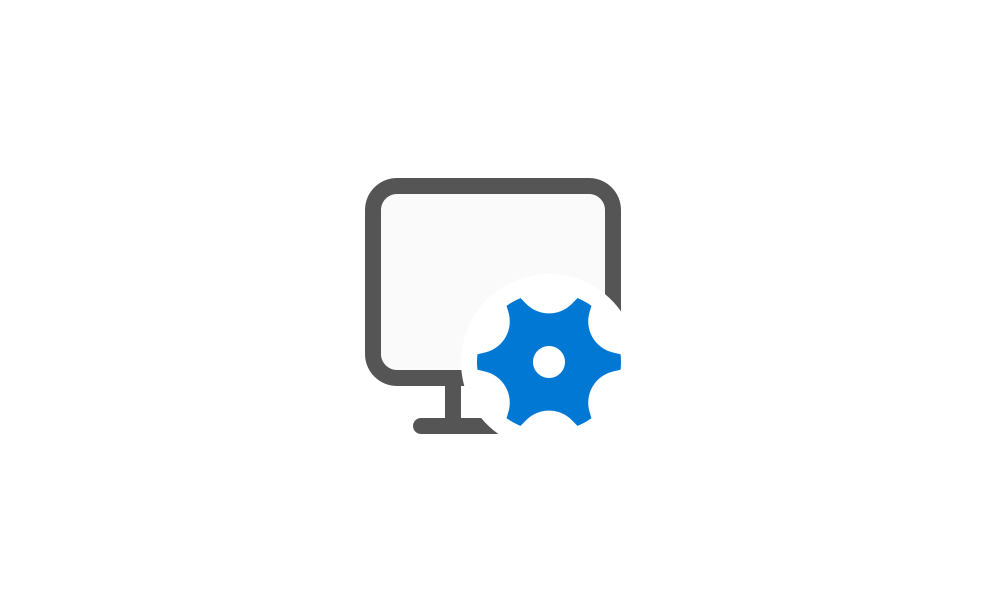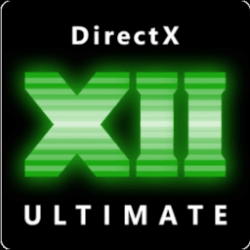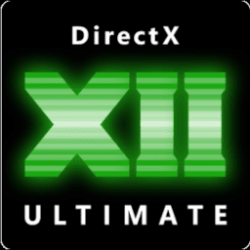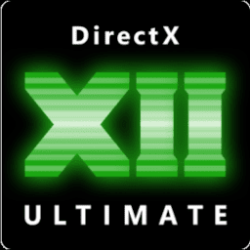DirectX Developer Blog:
The excitement is building as we finish our preparations for this year’s Game Developers Conference, set to kick off on March 18th. Industry leaders, developers, and enthusiasts will converge on San Francisco for a week of innovation, and the DirectX team here at Microsoft has a lot of exciting news to share. We’ve been gearing up to showcase new functionality in the Windows gaming ecosystem, including features that will define the future of graphics. We hope to see you there!
Introducing DirectSR
We’re thrilled to announce DirectSR, our new API designed in partnership with GPU hardware vendors to enable seamless integration of Super Resolution (SR) into the next generation of games. Super Resolution is a cutting-edge technique that increases the resolution and visual quality in games. DirectSR is the missing link developers have been waiting for when approaching SR integration, providing a smoother, more efficient experience that scales across hardware. This API enables multi-vendor SR through a common set of inputs and outputs, allowing a single code path to activate a variety of solutions including NVIDIA DLSS Super Resolution, AMD FidelityFX™ Super Resolution, and Intel XeSS. DirectSR will be available soon in the Agility SDK as a public preview, which will enable developers to test it out and provide feedback. Don’t miss our DirectX State of the Union at GDC to catch a sneak peek at how DirectSR can be used with your games!Work Graphs Ready for Production
Next in the spotlight is our Work Graphs API powered by Shader Model 6.8. Picture a GPU autonomously managing its own work, ushering in a new era of performance and efficiency. This functionality offers developers new tools for approaching GPU workloads in revolutionary ways, and we’re thrilled to have Work Graphs leading the charge. There’s two opportunities to get a deep dive on the most recent developments with Work Graphs at GDC 2024: the DirectX State of the Union, and AMD’s Future of GPU Programming. Don’t miss these sessions! We’ll show you how to make the most of this upcoming feature release, and we’ll have some fantastic demos and samples to show off from our partners at AMD and NVIDIA, so you can see it in action. Our GDC sessions will also cover new Shader Model 6.8 functionality – HLSL developers will revel in exploring the possibilities!And finally – we’ll be giving you a sneak peek at some awesome new tooling for PIX, including the latest and greatest available now! Join our sessions to see how PIX enables performance tuning and debugging for Work Graphs and DirectSR, presented with a focus on developer best practices. Thanks to PIX, debugging your title has never been easier!
As exciting as all this talk is, stay tuned for Agility SDKs coming soon that will put all this power into your hands. With our last in-person GDC happening all the way back in 2019, we’re ecstatic to return for this year’s conference and bring back the magic of in-person sessions. We hope to see you at GDC 2024. Mark your calendars with our session dates below, and let the graphics revolution begin!
Attend our Technical Sessions
GPU Work Graphs: Welcome to the Future of GPU Programming. Monday, March 18, 1:20pm, South Hall Room 303. The future of GPU programming is here! Join AMD and Microsoft for a first look at how the Work Graphs API is transforming the GPU programming landscape. Discover the positive impact on GPU workloads while enjoying an overview of the API, along with a live demo and sample code walkthrough.DirectX State of the Union Ft. Work Graphs and Introducing DirectSR. Thursday, March 21, 12:45pm, West Hall Room 2009. The DirectX team will showcase the latest updates, demos, and best practices for game development with key partners from AMD and NVIDIA. Work Graphs are the newest way to take full advantage of GPU hardware and parallelize workloads. Microsoft will provide a preview into DirectSR, making it easier than ever for game devs to scale super resolution support across Windows devices. Finally, dive into the latest tooling updates for PIX.
See you in San Francisco!
Source:

DirectX Innovation on Display at GDC 2024 - DirectX Developer Blog
Update: Watch the full recording of our GDC 2024 DirectX State of the Union session Ft. Work Graphs and Introducing DirectSR on our Microsoft Game Dev channel. The excitement is building as we finish our preparations for this year’s Game Developers Conference, set to kick off on March 18th...












